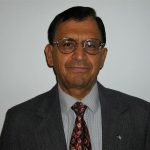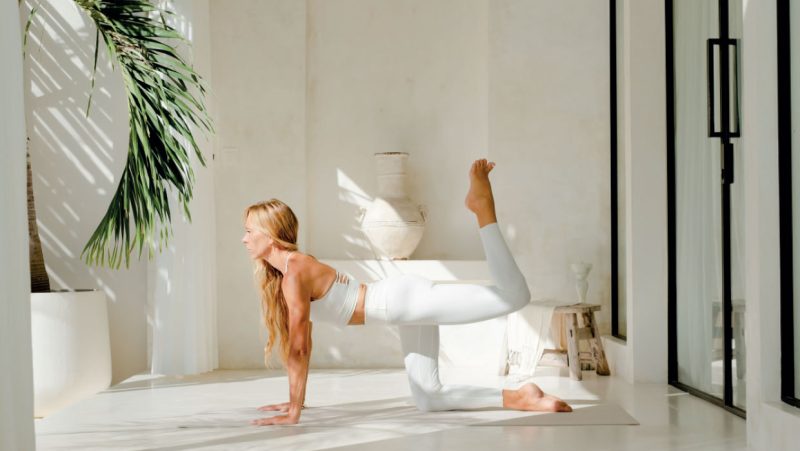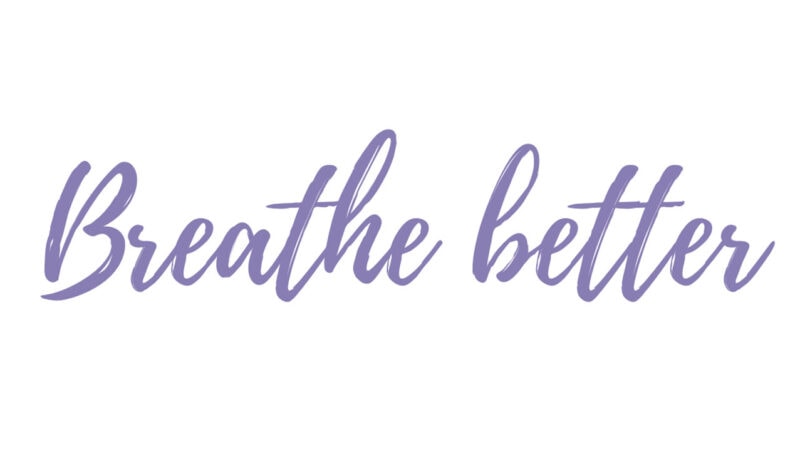
The Healing Power of Breath
Exploring the Profound Healing Potential of Deep Breathing Practices- By Darshan Goswami
Reading time: 4 minutes
Without breathing, there is no life. Breathing is a vital part of life. It helps deliver oxygen into your bloodstream and remove carbon dioxide. Two primary ways of breathing are chest breathing and deep breathing. With deep breathing (also called diaphragmatic or abdominal breathing), always inhale and exhale through your nose, not your mouth.
The breath is focused on the diaphragm rather than on the chest. Breathing is influenced by our thoughts and physiology, which, in turn, can be influenced by our breath. We must realize that the mind, body, and breath are intimately connected and impact our wellness. Learning to control our breath is one of the most powerful ways to enhancing physical, emotional, and spiritual wellbeing. You can understand essential truths about life by paying attention to your breathing. Through the breath, you can also access deep states of effortless meditation. [1]
THE SCIENCE OF DEEP BREATHING
Most meditation techniques are based on deep breathing. In the ancient yogic teachings, the practice is called Pranayama, or expanding the life force using the breath. The expression is derived from two Sanskrit words: Prana (life force) and Ayama (expansion). A fundamental principle of Pranayama is to inhale through the nostrils. The yogic teachings contain many different Pranayama exercises that can help you tap into your breath to build self-awareness and focus during meditation or yoga to heal the body.
The physical benefits of deep breathing are often immediate. Deep breathing provides fresh oxygen to every cell of your body, stimulates the vagus nerve. This long nerve connected to the parasympathetic nervous system links the brain with the heart, lungs, and digestive tract. During deep breathing, the parasympathetic nervous system begins to soothe and calm the body. This relaxation causes the blood capillaries to expand, allowing fresh oxygen to pass to the blood as carbon dioxide is removed from the body. Deep breathing can raise our lung capacity, slow heart rate, lower blood pressure, reduce stress levels, decrease inflammation, improve the immune system, helps us sleep better, and maybe even improve longevity. [2]
HOW TO PERFORM DEEP DIAPHRAGMATIC BREATHING
Find a comfortable, quiet place. Sit with a straight spine with your knees bent and your shoulders, head, and neck relaxed (or lie down). Place one hand on your upper chest and the other just below your rib cage (over your diaphragm), and take a slow, deep breath through your nose. The inhaled air should move downward into your lower belly. Let your abdomen expand fully. Hold the breath for 2 to 3 seconds, and exhale through your nose (mouth closed) while counting to four. Your hands should go down as your abdomen deflates. Remember to relax your belly so that each inhalation expands it fully. This is how simple deep breathing is.
In the beginning, practice this exercise for a minimum of 5 minutes at a time and at least twice a day. Gradually add time each day until your sessions are about 15 minutes long. With regular practice, you will train your body to breathe correctly and increase your energy and vitality.
PRANAYAMA BREATHING TECHNIQUES
There are many different types of breathing techniques, each having a specific effect on mind-body physiology. Some of these exercises are simple enough to do on your own, but having a health professional as a guide can be beneficial, especially if you are a beginner. Remember to make sure you are sitting in a comfortable position with your spine erect.
Here are just a few basic breathing techniques used in yoga to help you get started.
Kapalabhati (Skull Shining Breath): Sitting with back and neck straight, inhale through both nostrils and exhale forcefully (out of your nose) followed by slightly slower, passive inhalations. Each outward breath is propelled by a powerful thrust of the abdomen at a pace of about 60 breaths per minute (BPM). Following this thrust, the abdomen is quickly relaxed, and the breath flows back into the lungs, recoiling from the force of the exhalation. The inhalation is smooth and effortless.
For breath is life, and if you breathe well you will live long on the earth -Sanskrit Proverb
Bastrika (Bellow's breath): This is one of the most invigorating breathing exercises in yoga. Inhale and exhale quickly and forcefully (without straining) by flapping the abdomen. This should be practiced for up to 60 BPM.
Alternate nostril breathing (Nadi Shodhana): Start by using the right thumb to close the right nostril and inhale through the left nostril. Hold your breath momentarily, close the left nostril and exhale through the right nostril. While still holding the left nostril closed, inhale through the right nostril. Then, close the right nostril and breathe out through the left nostril. This completes one round, and the technique can be repeated for up to the desired number of rounds.
Ujjayi or OM Vilom (Psychic Breath): Inhalation and exhalation are performed through the nose at a normal pace, with partial contraction of the glottis, which produces a light snoring sound. Be mindful of the passage of breath through the throat during the exercise.
Bhramari (Honeybee Humming Breath): After a full inhalation, close both ears using the index fingers, and exhale making a soft humming sound similar to that of a honeybee.
FINAL THOUGHTS
Deep breathing is a powerful and simple tool for improving your health and wellbeing. Adults at rest normally breathe 12 to 16 times per minute. Deep breathing involves drawing in more air at a controlled pace to reach a rate of about 6 breaths or less per minute. Always breathe and exhale from your nose, not mouth, and down to the diaphragm (abdomen). By regularly practicing deep breathing, you will begin to breathe more effectively, even without concentrating on it. Scientific research shows that learning to breathe correctly and consciously is one of the most effective ways to lower everyday stress levels and improve various health factors ranging from mood to metabolism.
Deep breathing has already been proven in clinical tests to be an efficient therapeutic tool in treating many physical and mental ailments, including chronic anxiety, digestion, and hypertension. In some cases, simply changing the way we breathe can blunt the symptoms of many chronic diseases. Today, some hospitals have begun teaching patients relaxation breathing for treating a wide range of conditions.
Make deep breathing a part of daily life to stay healthy and live longer. For the most benefit, schedule time each day for your conscious deep breathing exercises. You can begin with a minimum of two five-minute segments, gradually increasing to two 15-minute sessions every day.
Properly breathing is a wonderful way to extend the duration and quality of your life. And the best part is it's free and literally right under your nose.
Disclaimer: The information in this article is intended for educational use only and is not a substitute for professional medical advice, diagnosis, or treatment. Always seek the advice of your physician or other qualified health providers with any questions you may have regarding a medical condition and before undertaking any diet, supplement, fitness, or other health programs.
References:
[1] Patel, S. “Breathing for Life: The Mind-Body Healing Benefits of Pranayama.” Chopra. September 11, 2020. https://chopra.com/articles/breathing-for-life-the-mind-body-healing-benefits-of-pranayama.
[2] Heartwell, S. “This Powerful Ancient Breathing Exercise Can Regenerate Your Body and Mind.” Conscious Lifestyle Magazine, April 24, 2019. https://www.consciouslifestylemag.com/breathing-heal-exercises-body-mind/.








